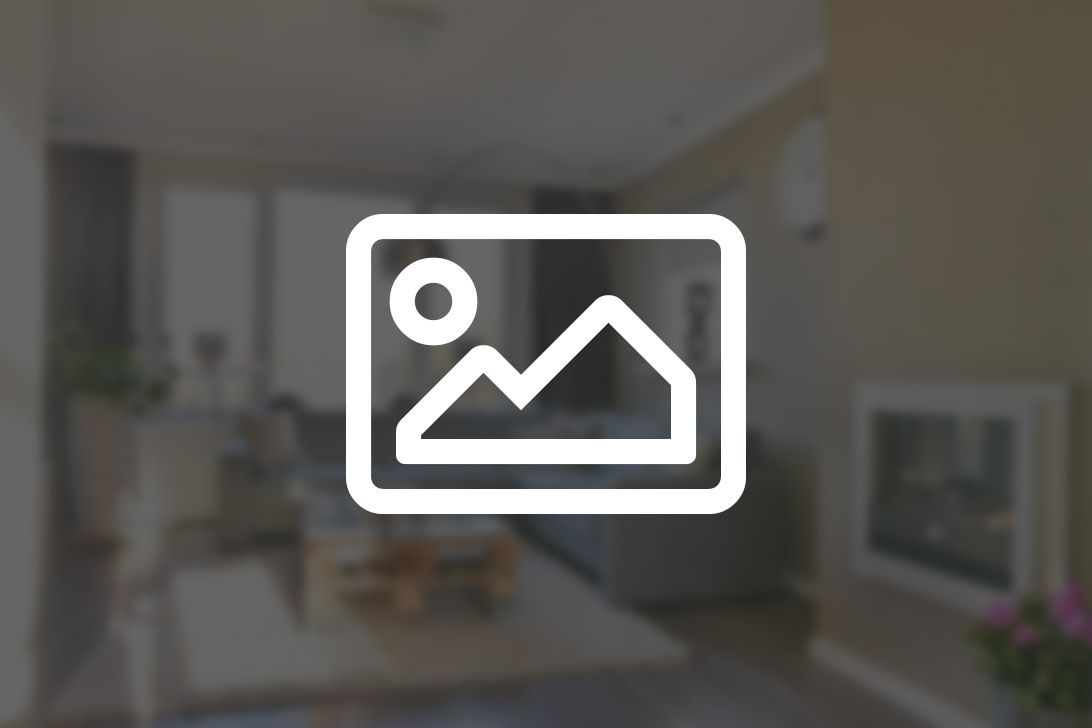Buying a home in the Netherlands can be confusing, not just because of the competitive market, but also because Dutch real estate listings use terms that don’t always exist elsewhere. You might see abbreviations like k.k. or v.o.n. next to the price and wonder: What exactly am I paying for? Let’s break it down, so you know what’s included (and what’s not) in the asking price of a Dutch property.
💶 1. ‘k.k.’ – Kosten Koper (Buyer’s Costs)
When you see €450,000 k.k., this means “kosten koper”, or buyer’s costs.
It indicates that the buyer pays the additional costs related to the purchase. These usually include:
-
Transfer tax (overdrachtsbelasting) – Typically 2% of the purchase price. However, if you’re under 35 and buying your first home under €510,000 (2025 limit), you may qualify for an exemption.
-
Notary fees – For drafting the transfer deed (akte van levering) and mortgage deed (hypotheekakte).
-
Registration costs – For entering your ownership in the Dutch Land Registry (Kadaster).
-
Real estate agent fees – If you use a buying agent (aankoopmakelaar).
-
Valuation and mortgage advice fees – Needed for mortgage approval.
💡 Tip: These extra costs usually add up to around 4–6% of the purchase price — something to factor into your total budget.
🏗️ 2. ‘v.o.n.’ – Vrij Op Naam (Seller’s Costs)
If the listing says €450,000 v.o.n., it means “vrij op naam”, or “free on name”.
This usually applies to newly built homes (nieuwbouw) or sometimes to properties being sold directly by developers.
In this case, the seller covers the transfer tax and notary costs for the purchase deed — but not for the mortgage deed.
So while the buyer still pays some fees (for example, mortgage arrangement or valuation), the total additional costs are generally lower than when buying k.k..
🧱 Tip: For new-build projects, you may also pay separately for upgrades, kitchen or bathroom packages, or landscaping — so always ask what’s included.
🛋️ 3. Fixtures, Fittings & Furniture: What Stays and What Goes
Another common question: Does the asking price include furniture or appliances?
In the Netherlands, this depends on the agreement between buyer and seller. Typically:
-
Built-in items (e.g. kitchen cabinets, flooring, fixed lighting) stay in the house.
-
Loose items (e.g. curtains, fridge, washing machine, garden furniture) may be negotiable.
During negotiations, your agent will request a “list of items” (lijst van zaken), which clearly states what is included or excluded. This document is legally binding once signed by both parties.
🪑 Tip: Many expats benefit from properties that are partly furnished, ideal if you’re settling in and don’t want to furnish from scratch.
📑 4. Why Understanding These Terms Matters
Knowing what k.k. or v.o.n. means helps you:
-
Avoid unexpected costs.
-
Compare listings fairly.
-
Make a realistic offer.
At Your Dutch Home, we explain every term and every line of the contract, so you always know exactly what you’re paying for, and why.

